Beech Bark Disease Management
Beech bark disease management. American beech is not always evenly distributed in stands. Ground surveys are done to confirm the suspected insect or disease for each mapped area. Insecticide treatments that target the scale insects which predispose the trees to infection by Neonectria can be one approach to managing the disease in the early stages.
Systemic insecticides can be used to target the scale while they feed or horticultural oil can also be used to smother the scale. The reduced supply of healthy beech trees can have a negative impact on the hardwood forest industry OFAHOMNR Invading Species Awareness Program 2012. In a closed canopy wood-land of mature trees brush saw clearing of all under-story beech resulted in limited stump sprouting and suckering and the development of desirable advance hardwood seedlings beneath the overstory7.
American beech Fagus grandifolia is one of the seven principal tree species comprising Ontarios tolerant hardwood forests. The goal of this bulletin is to help you understand the biology and impacts of this new pest and potential management options. Beech bark disease diminishes the quality of beech wood reducing the marketability of infected trees.
Mechanical treatment of small diameter beech may succeed in some situations. If possible please take one or more photos of the invasive species you are reporting. This is especially true if large trees 25 cm dbh are abundant.
Both the scale insects and the fungal spores can be transported in the wind. Determine the extent of damage for insects and diseases of concern. Eventually beech scale and beech bark disease will affect beech trees throughout Michigan.
Because beech is a very minor component of the overall forest in Wisconsin there are no special recommendations for its management in preparation for the spread of beech bark disease. A Primer and Management Recommendations John McLaughlin and Sylvia Greifenhagen. Also make note of the location date and time of the observation.
Managing beech bark disease in Michigan will be challenging. If beech is less than 20 of basal area in a forest stand management goals will likely be met even after beech bark disease becomes established and the majority of beech die or are harvested.
This is especially true if large trees 25 cm dbh are abundant.
Beech bark disease diminishes the quality of beech wood reducing the marketability of infected trees. Beech Bark Disease in Ontario. DNR-FRD-Forest-Healthmichigangov or by phone at 517-284-5895. American beech Fagus grandifolia is one of the seven principal tree species comprising Ontarios tolerant hardwood forests. Eventually beech scale and beech bark disease will affect beech trees throughout Michigan. If beech is less than 20 of basal area in a forest stand management goals will likely be met even after beech bark disease becomes established and the majority of beech die or are harvested. The information is used to. The goal of this bulletin is to help you understand the biology and impacts of this new pest and potential management options. Beech bark disease diminishes the quality of beech wood reducing the marketability of infected trees.
The information is used to. Managing beech bark disease in Michigan will be challenging. Settings are more easily protected there are no practical measures available for landscape-scale management of the disease. Eventually beech scale and beech bark disease will affect beech trees throughout Michigan. To beech bark disease initiating new root suckering. Beech Bark Disease BBD is a lethal disease caused by an interaction between the introduced beech bark scale BBSCryptococcus fagisuga and several species of Nectria fungi at least two of which were introduced into North America. Beech Bark Disease in Ontario.

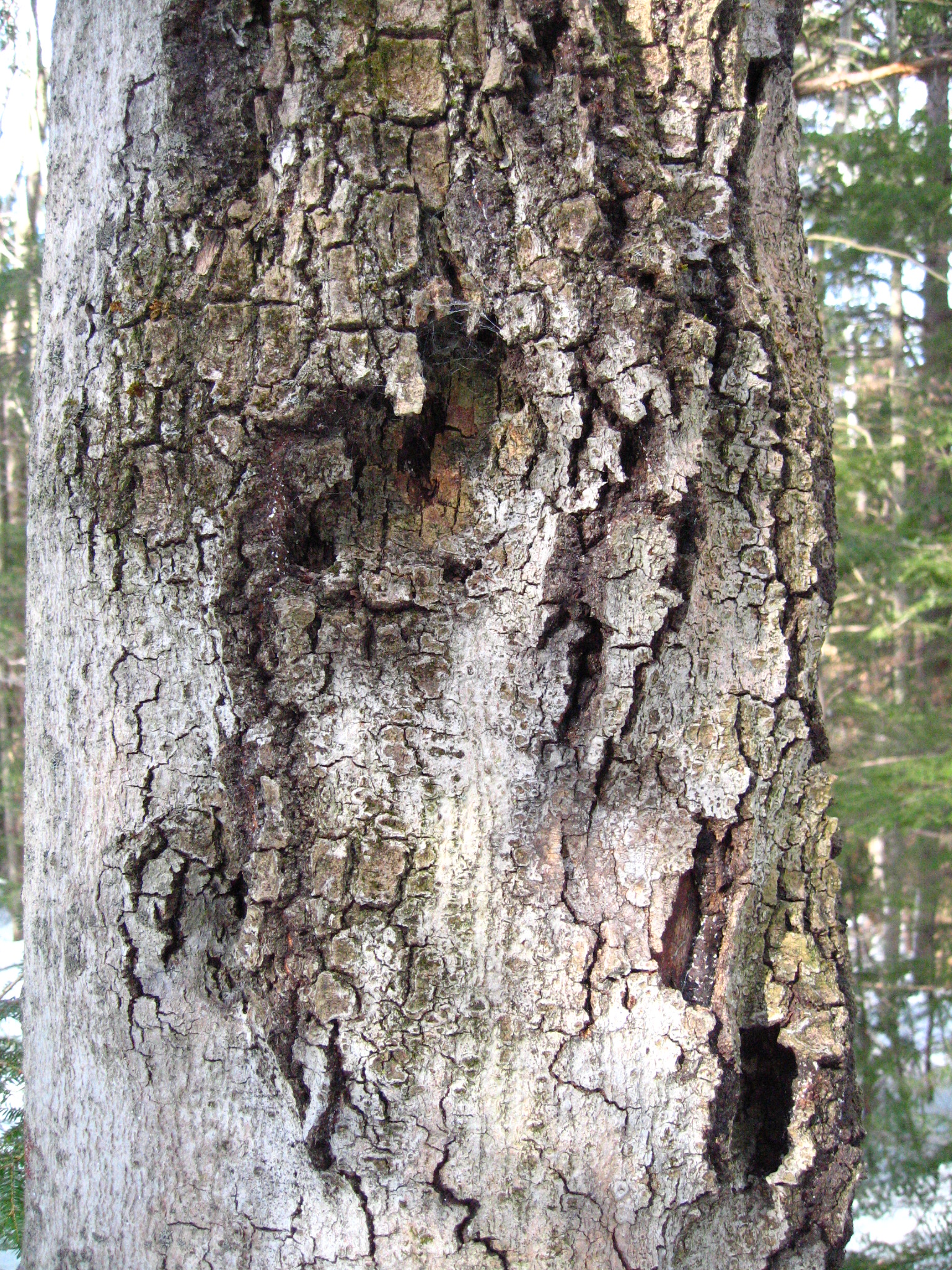
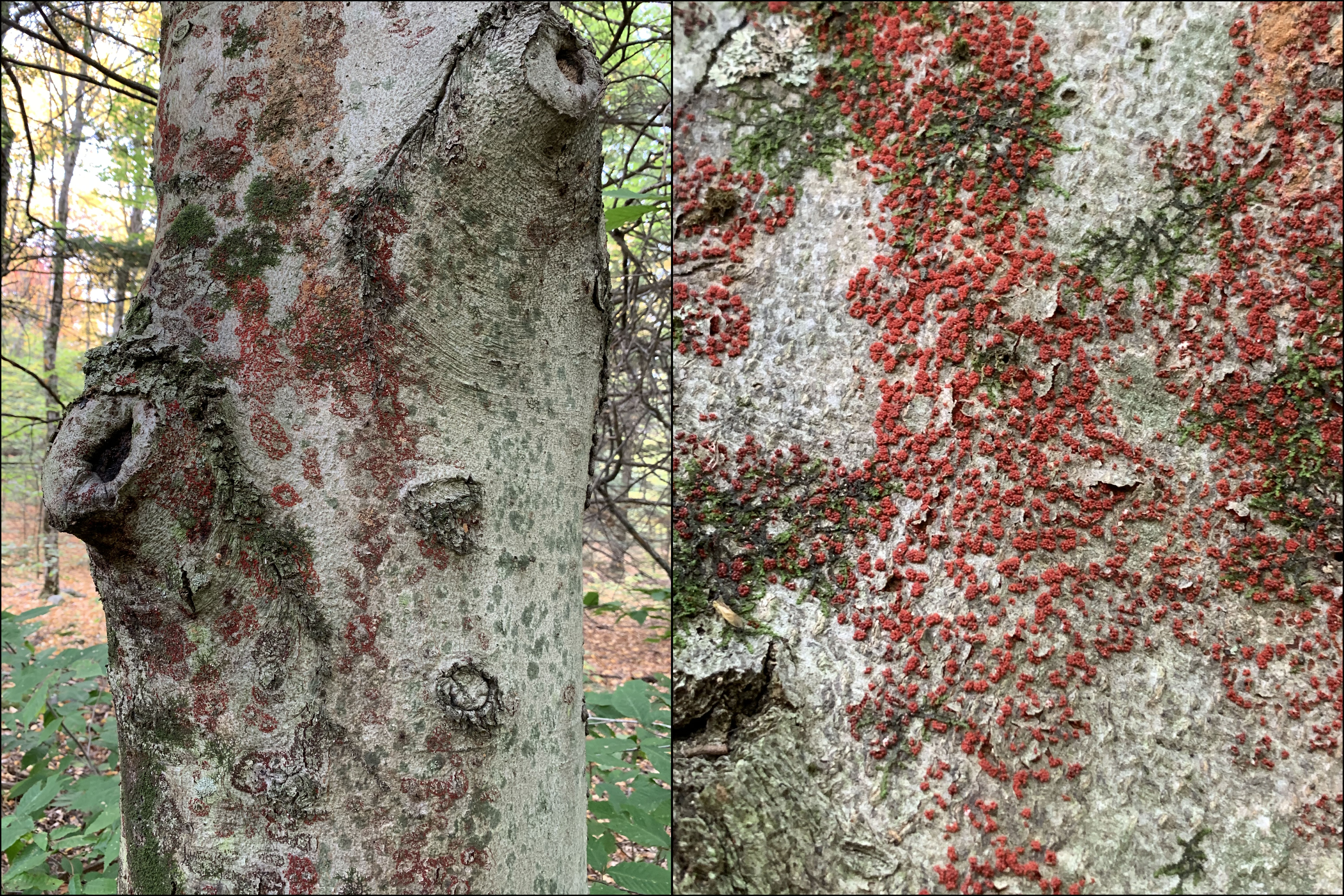


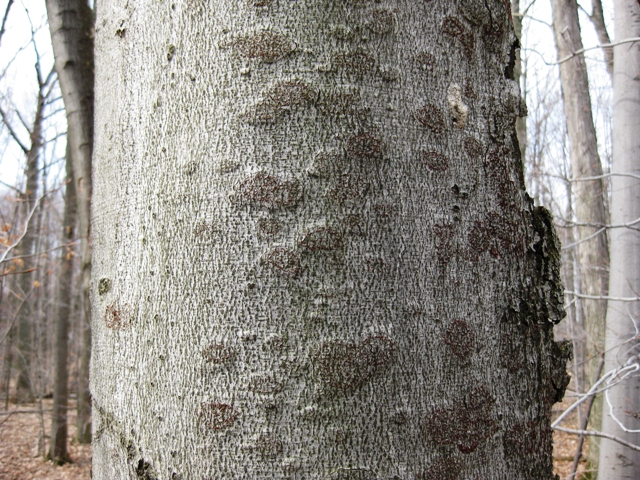

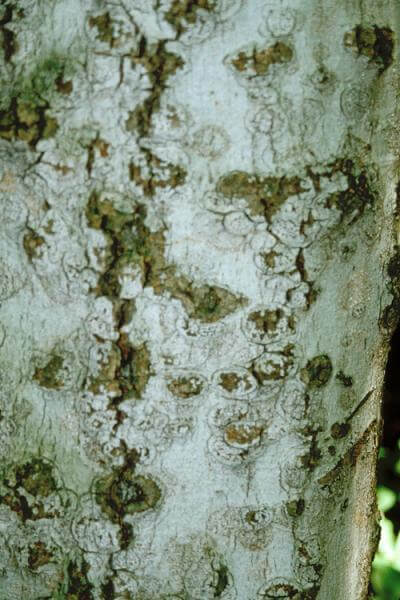
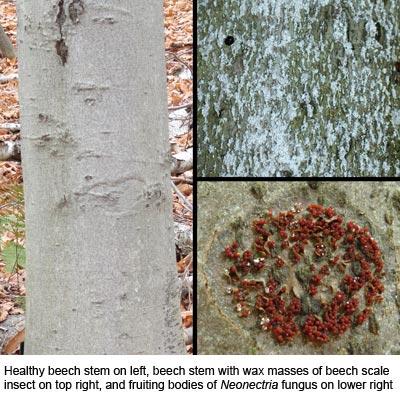
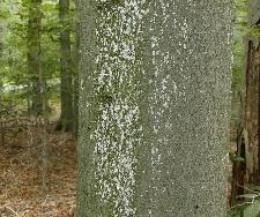

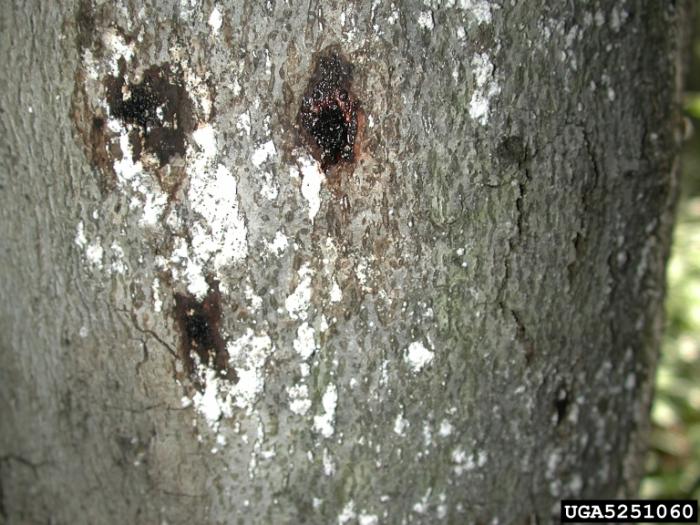


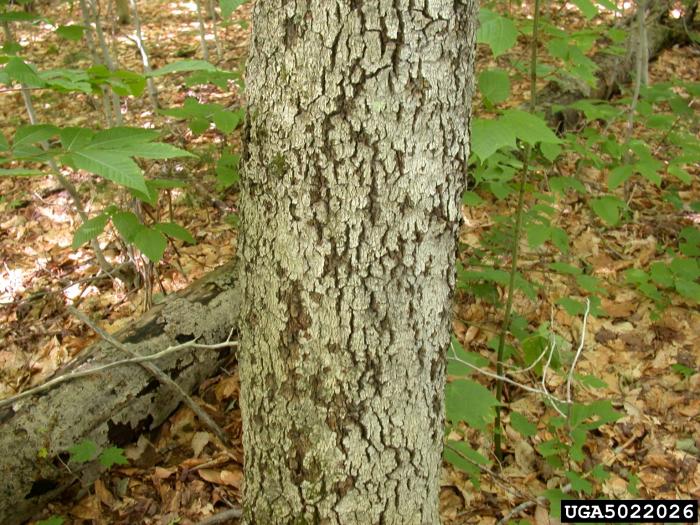
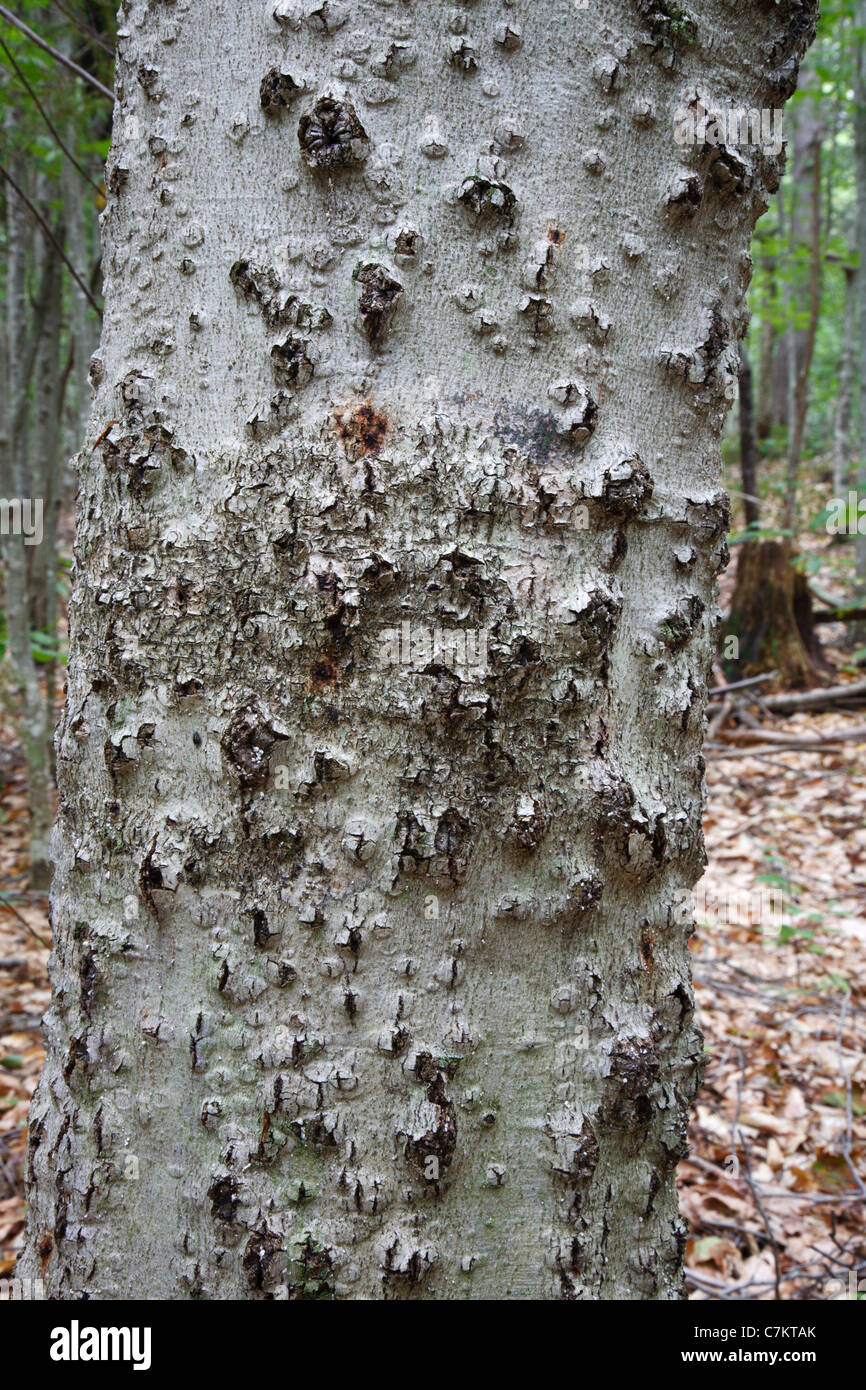
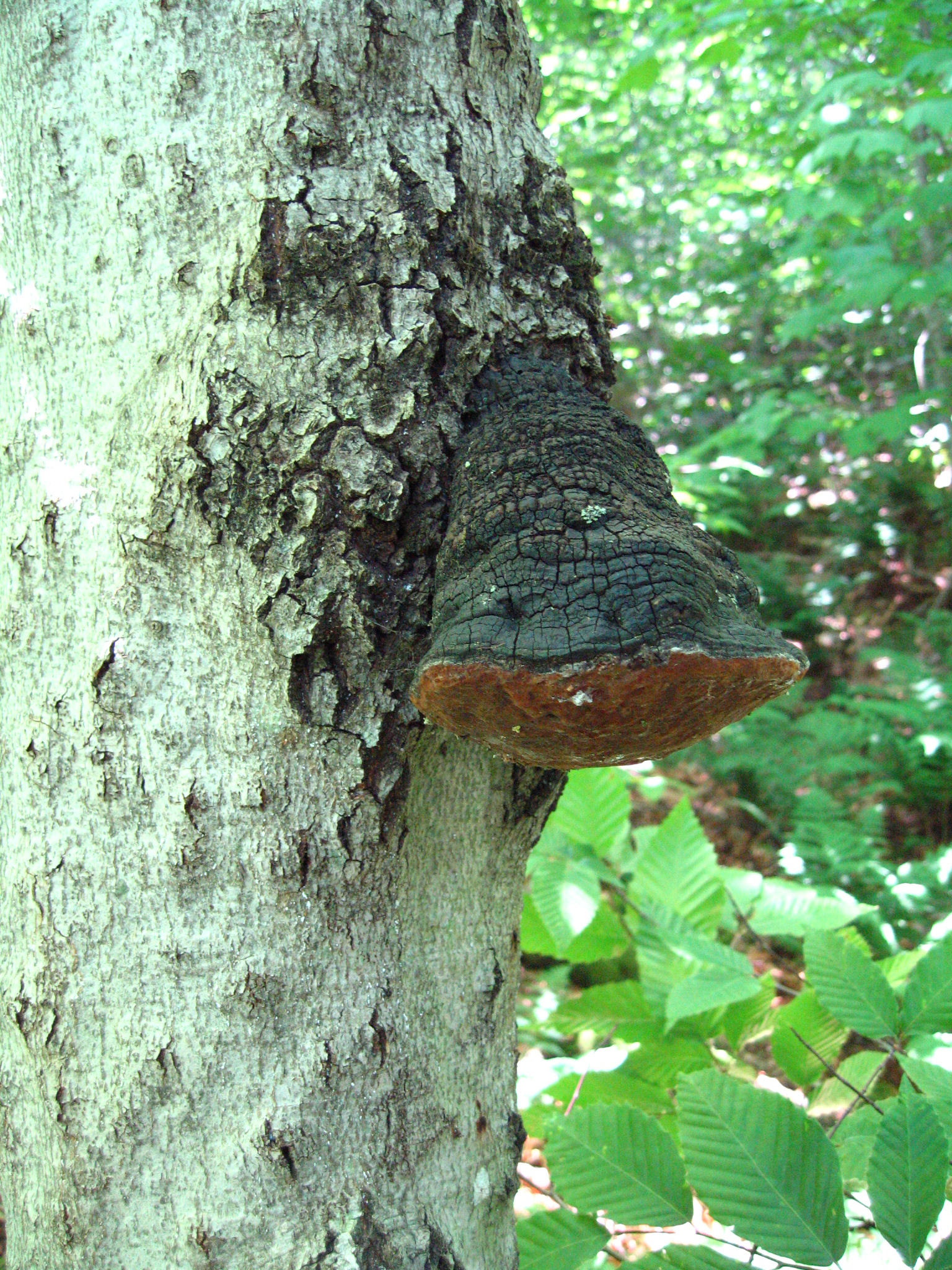
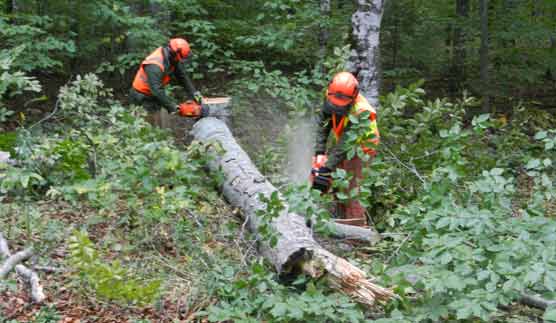



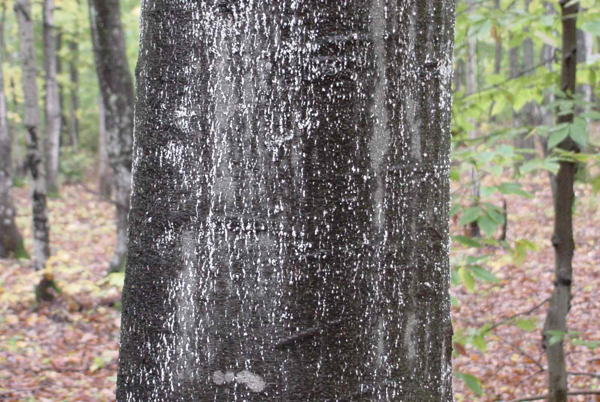


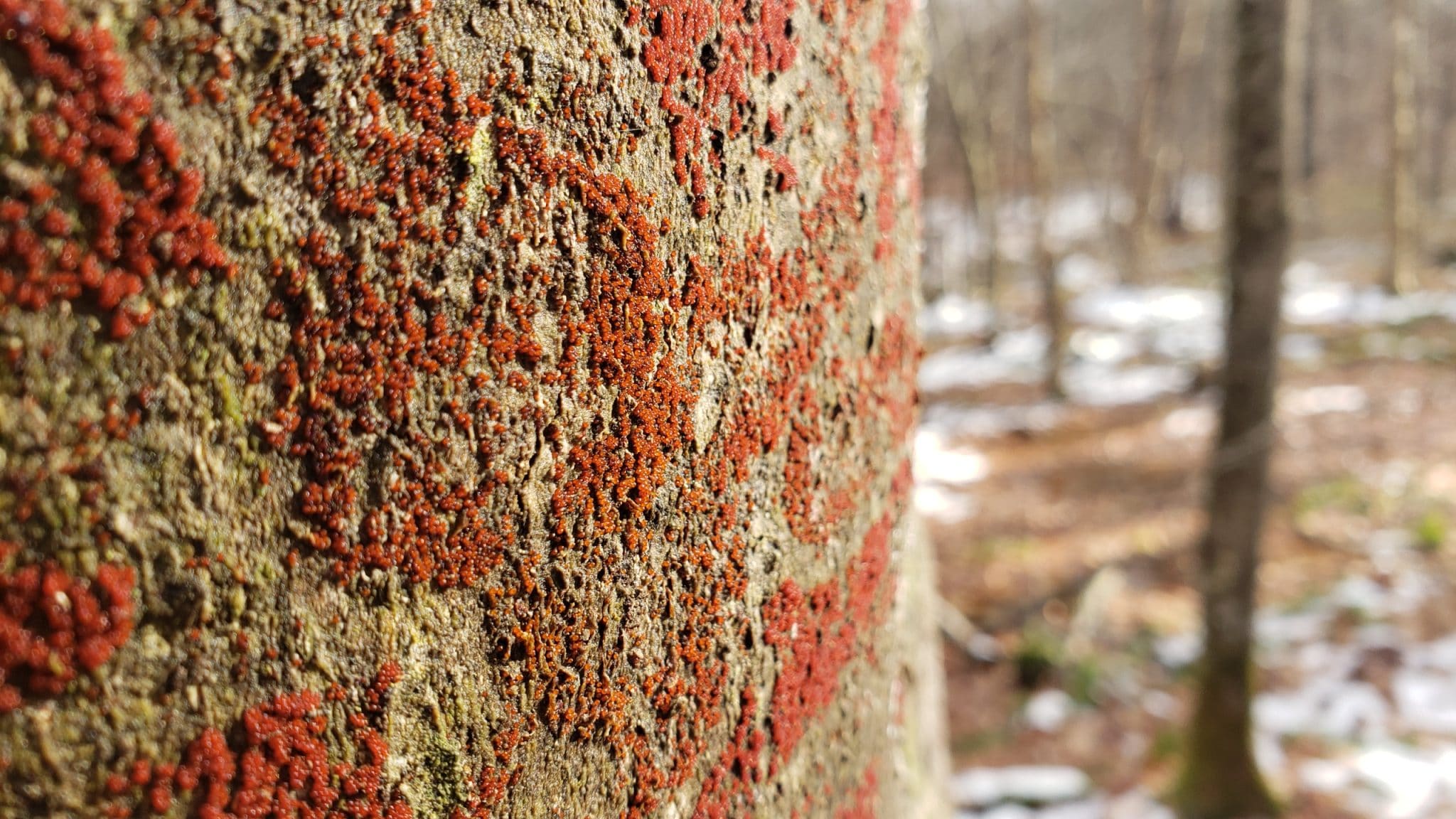

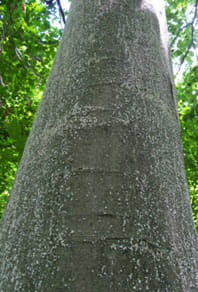
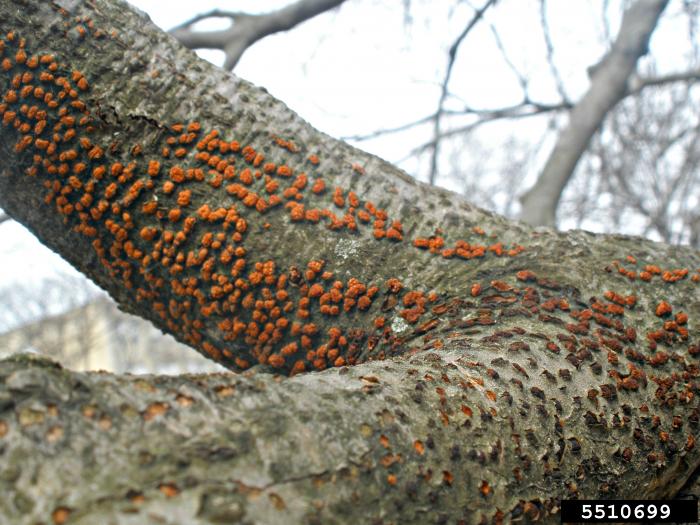
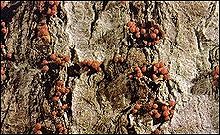

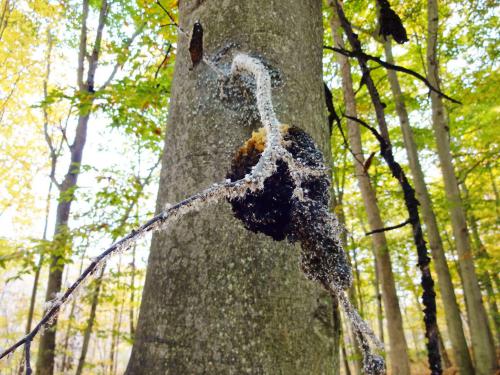



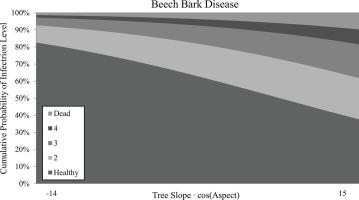
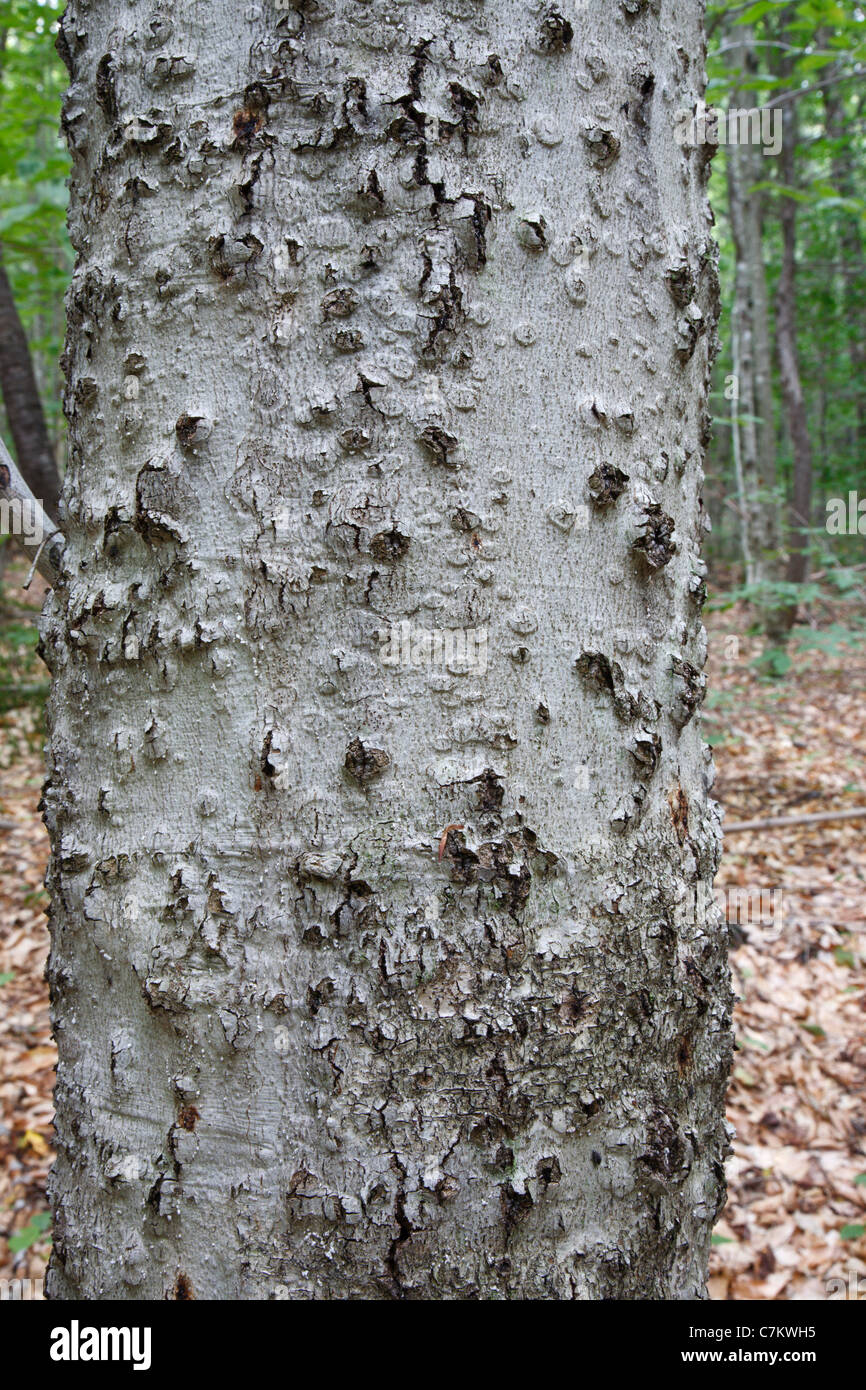

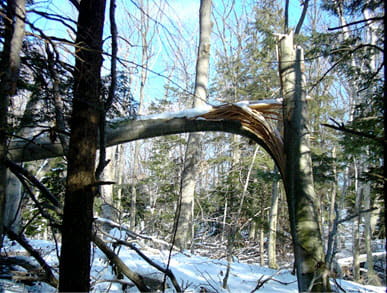
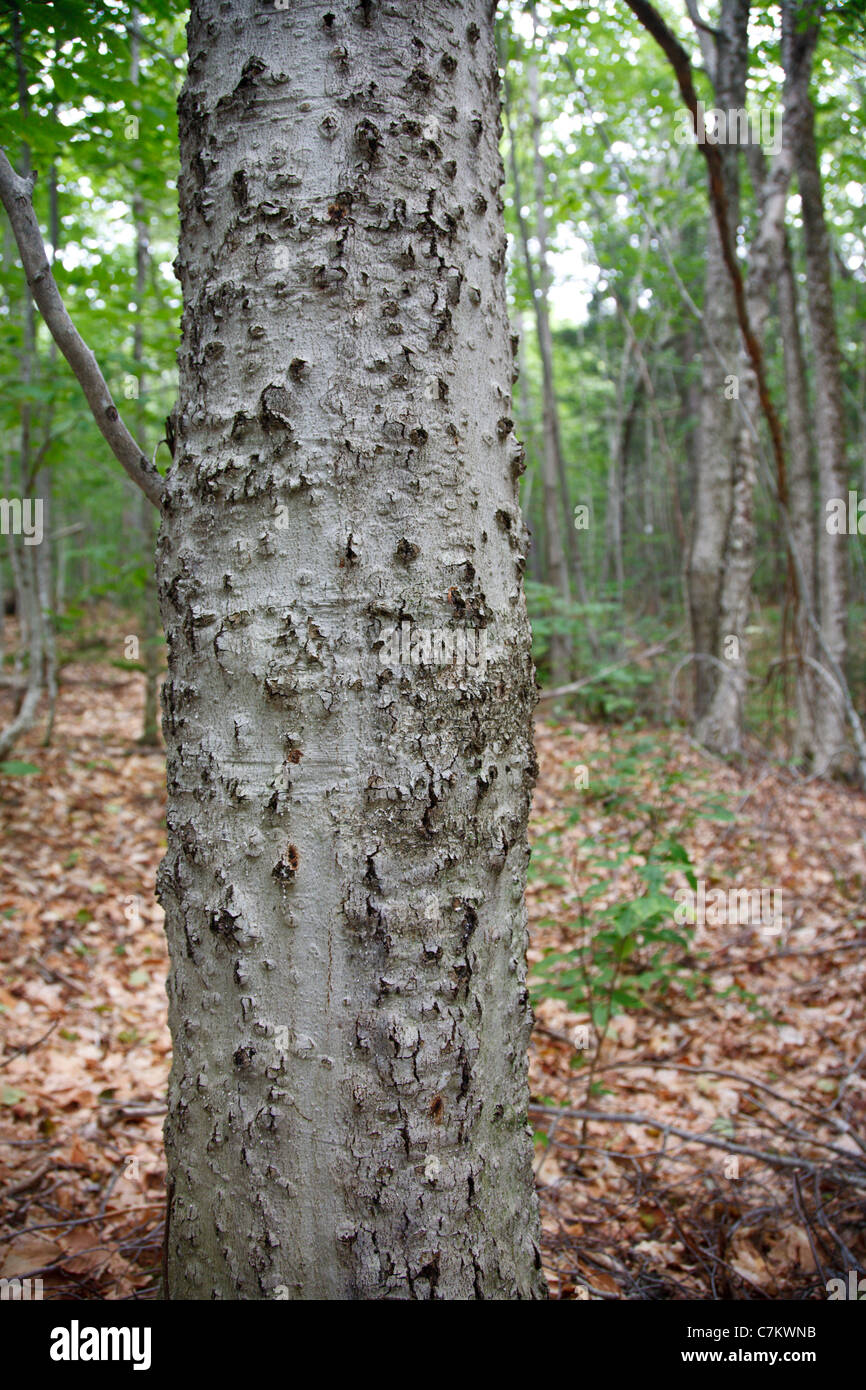

Post a Comment for "Beech Bark Disease Management"